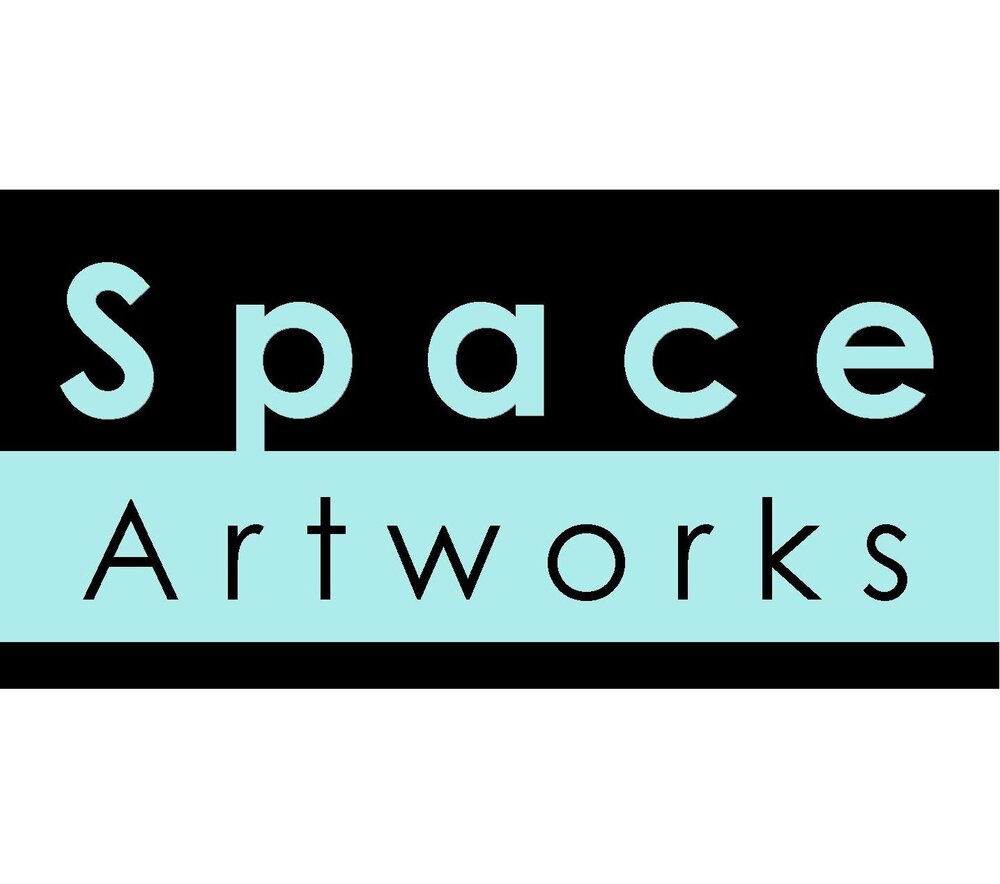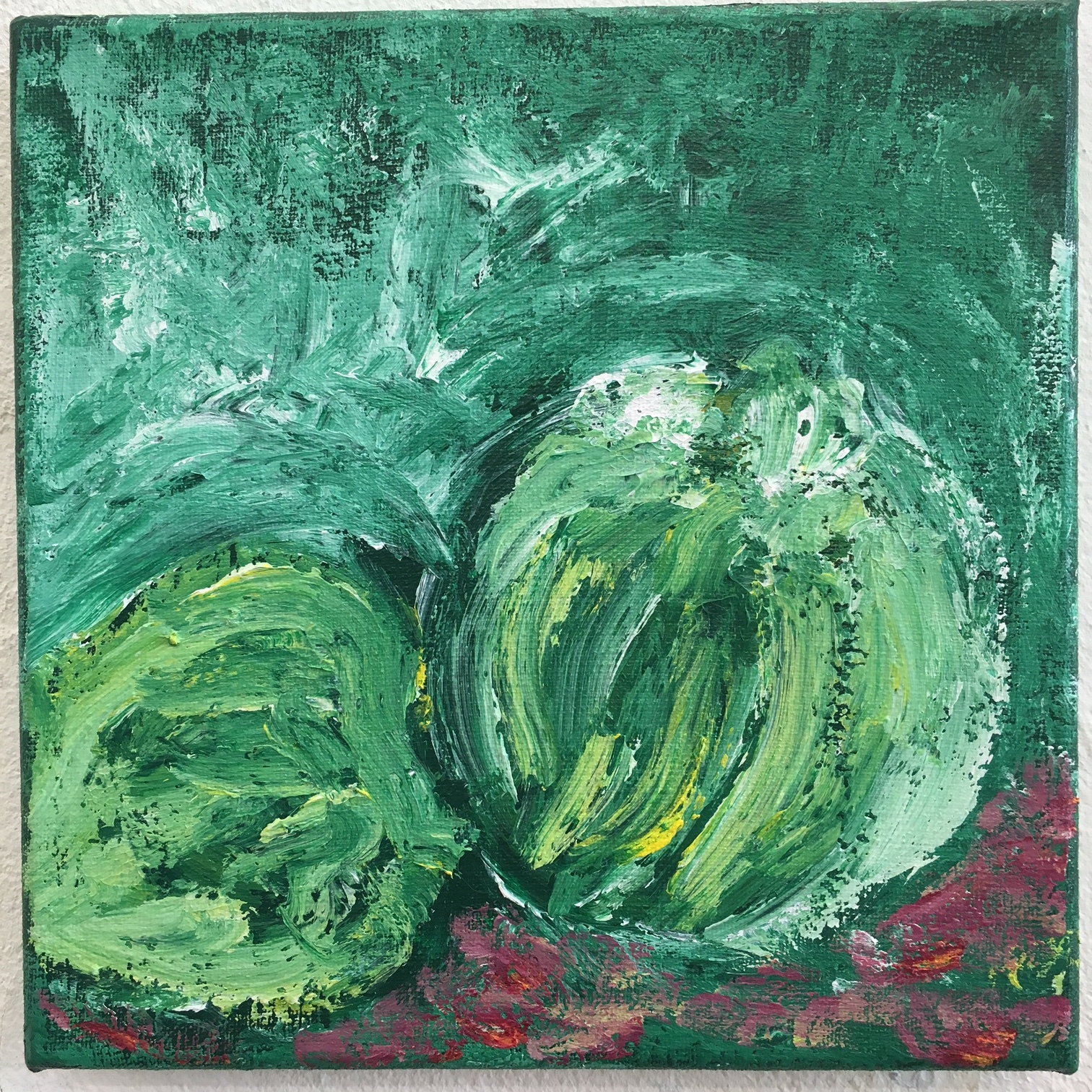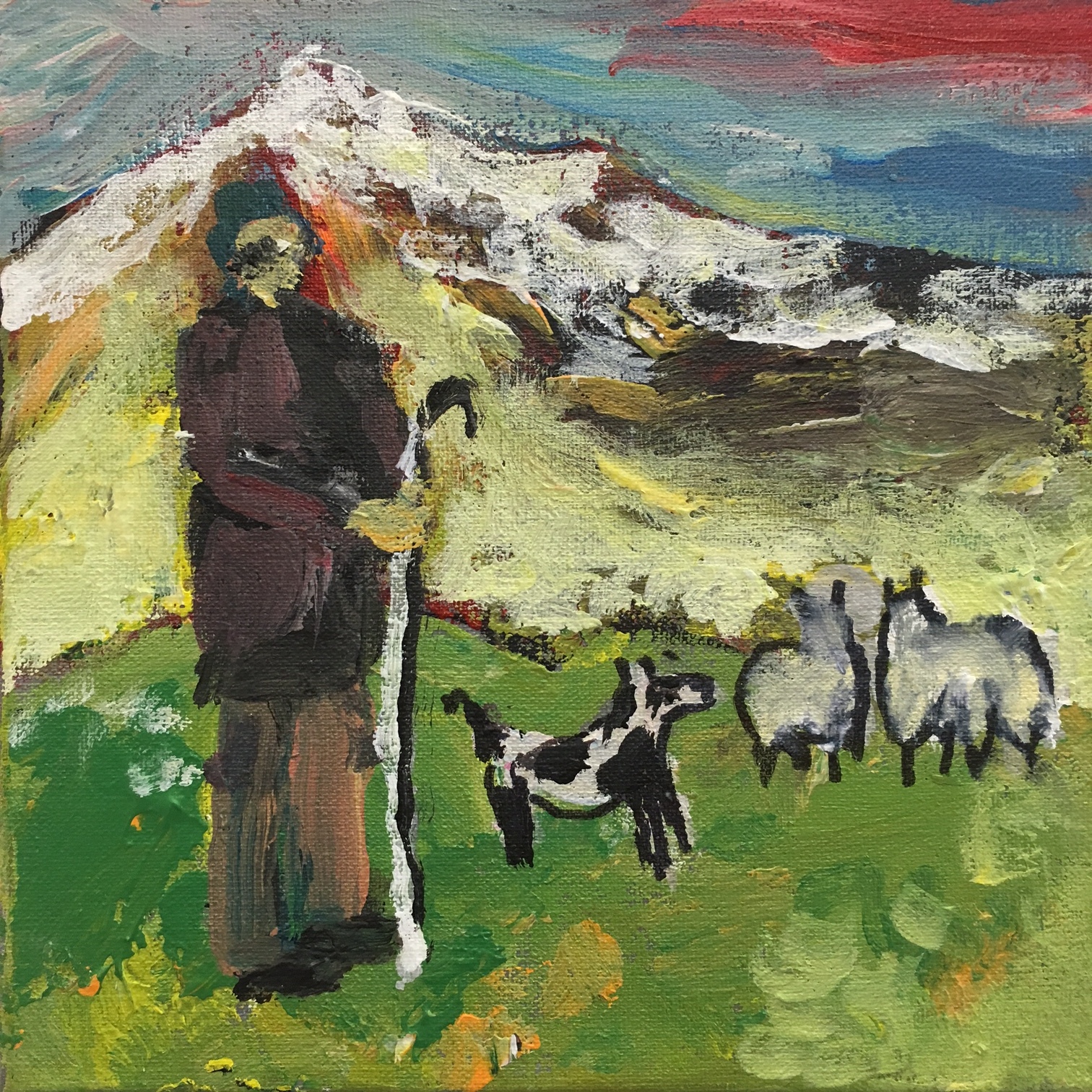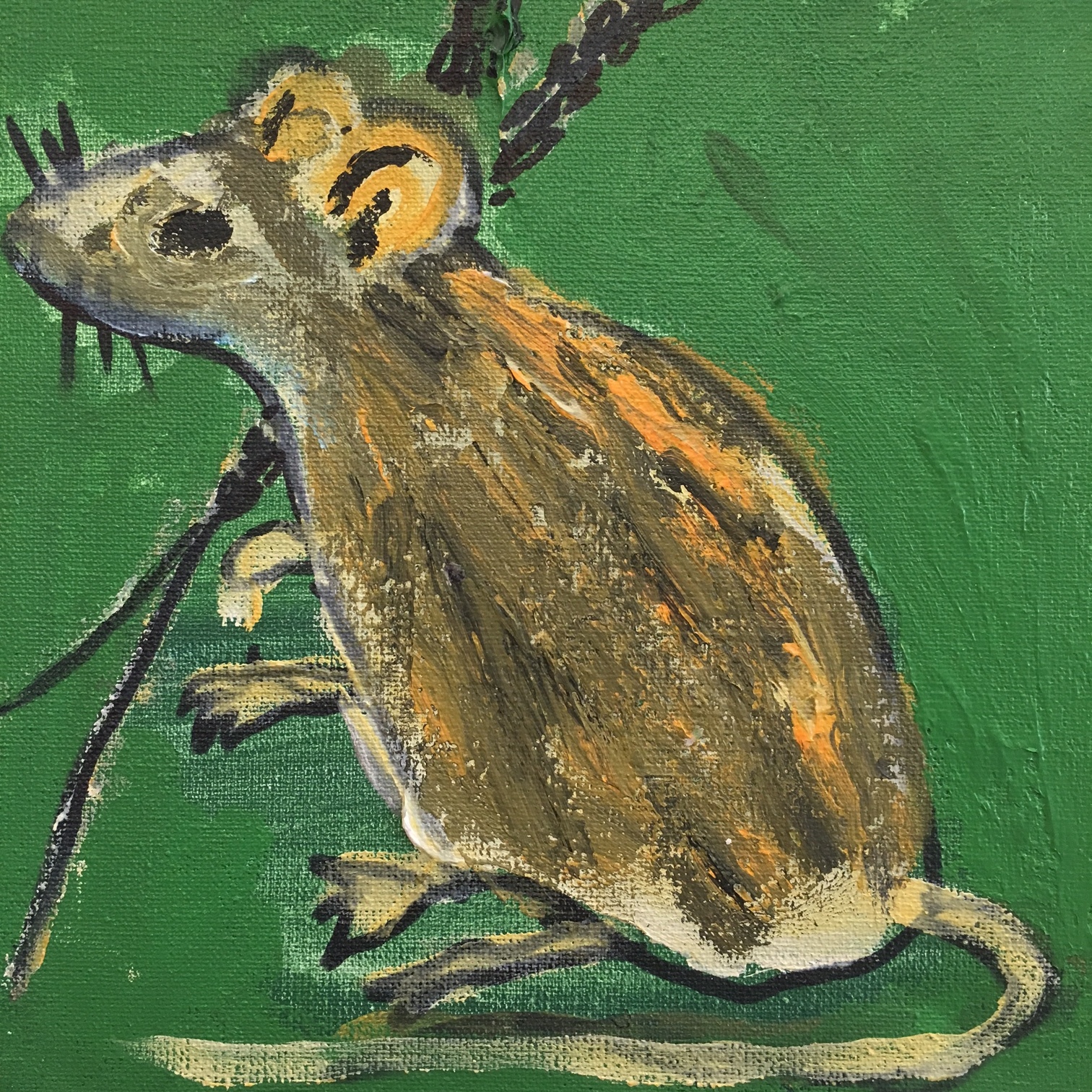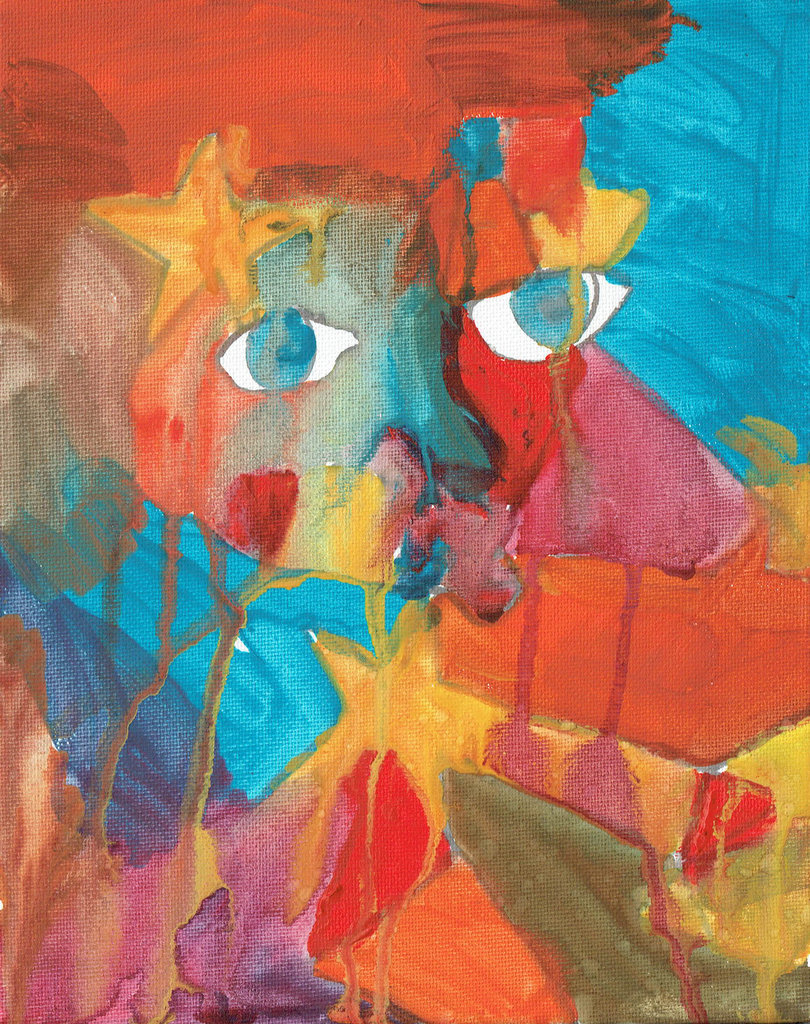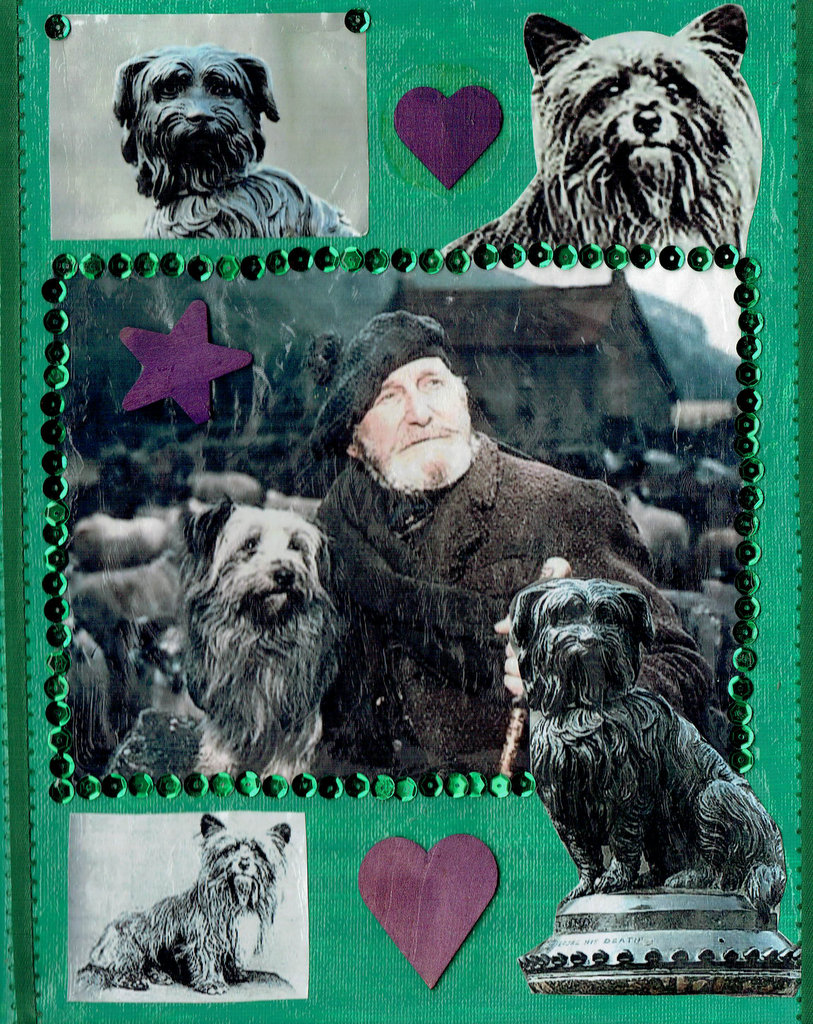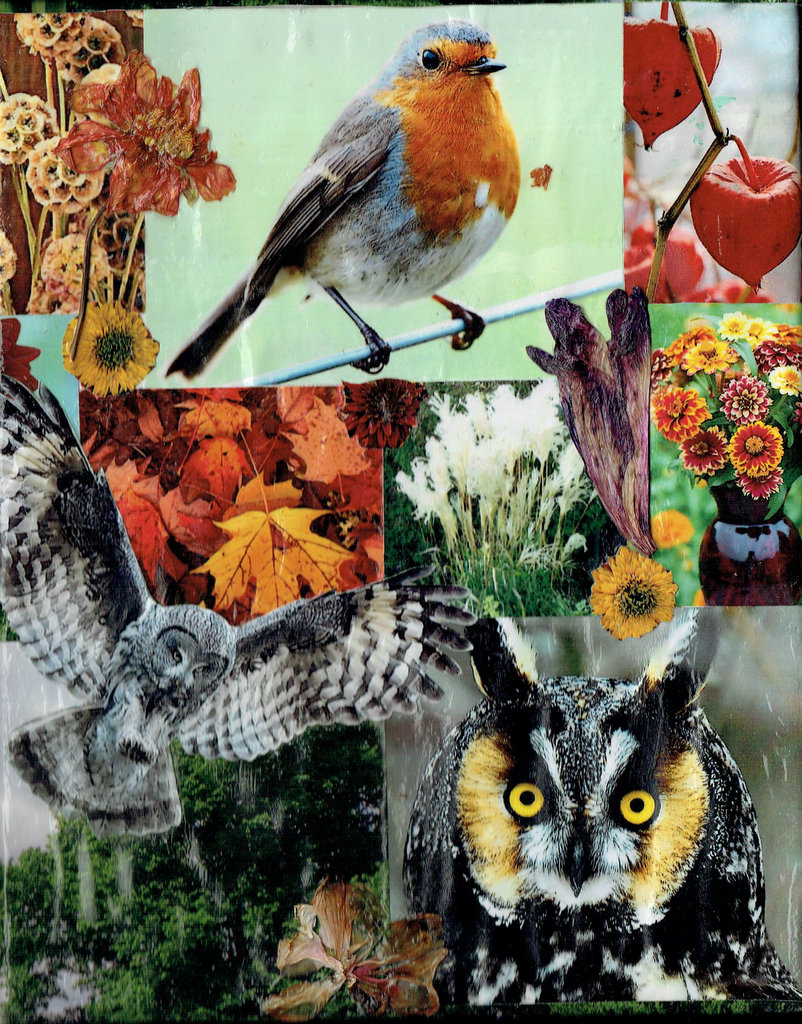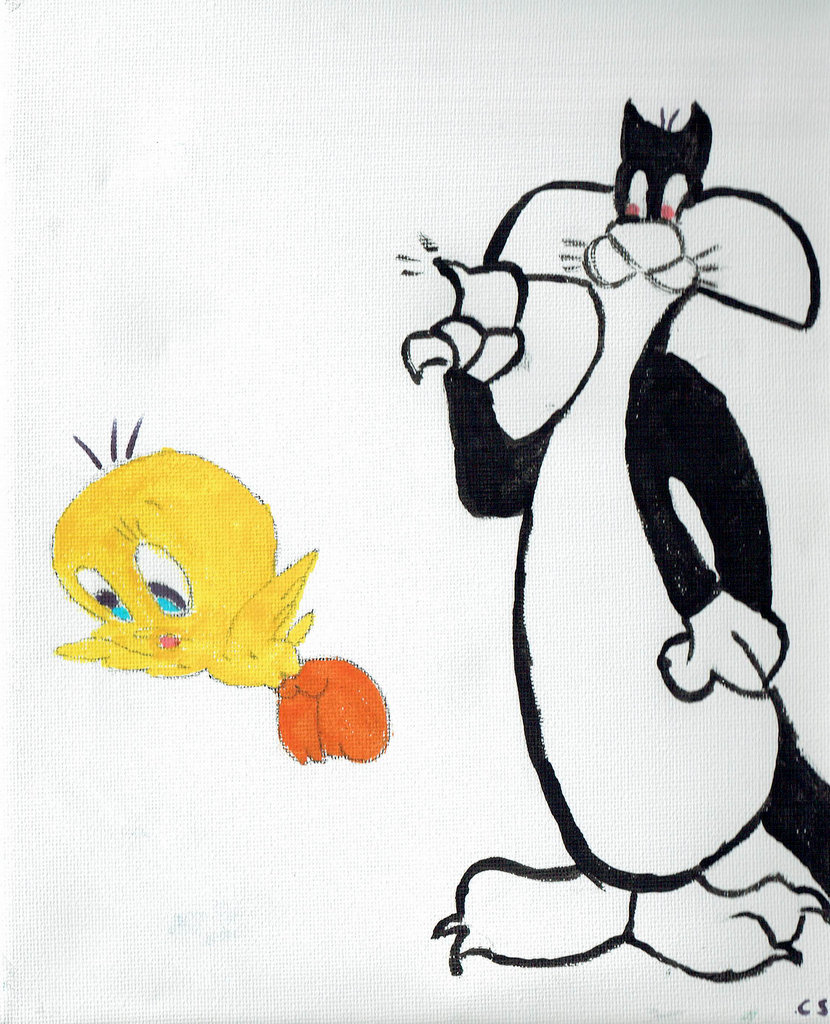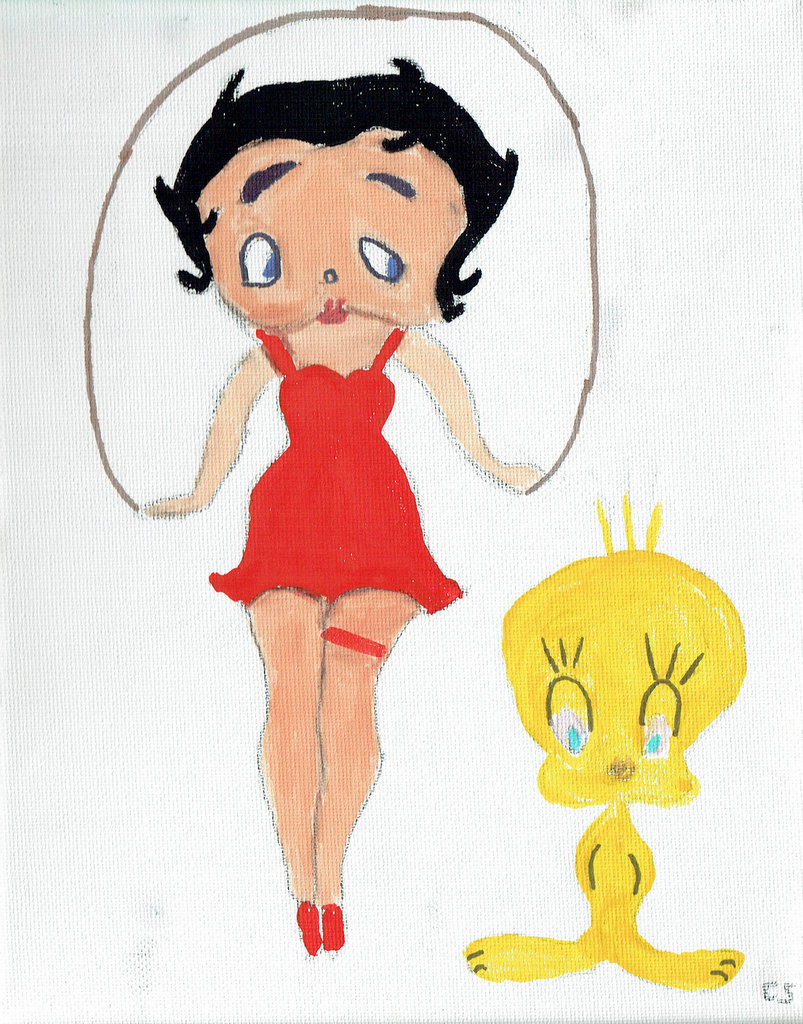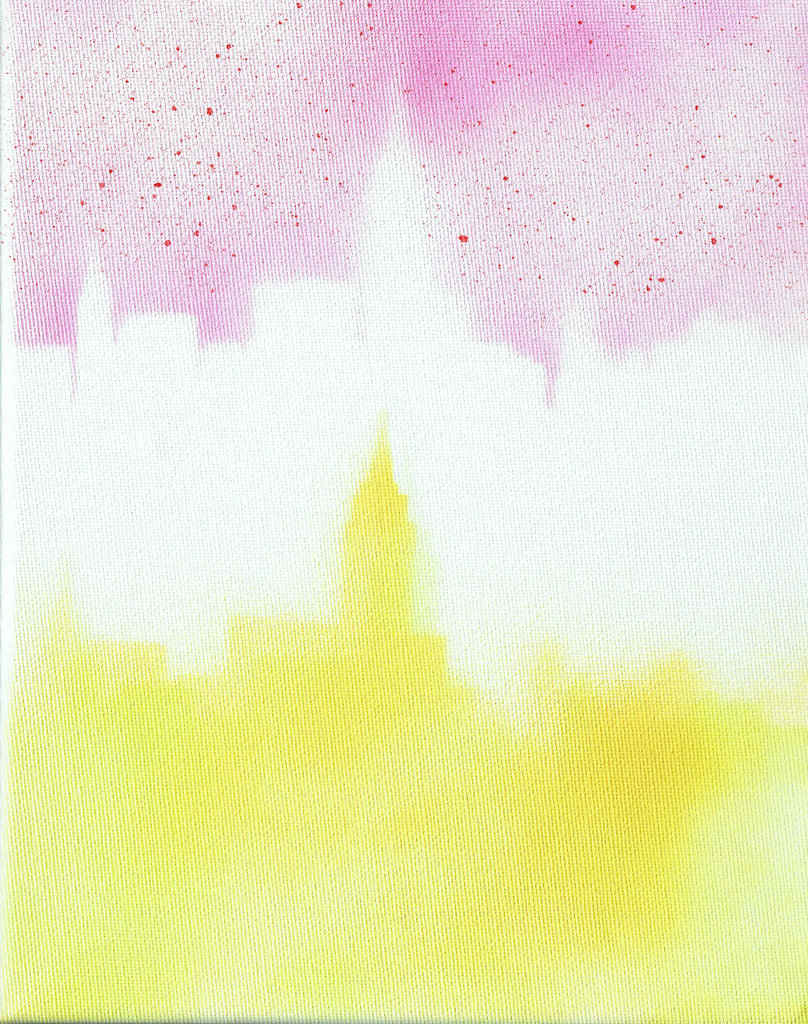My journey into art making was accidental. Throughout school I was told by art teachers that I was rubbish at art so apart from visiting art exhibitions in later life, which I loved, from a hands on point of view I lived in an art free zone for about 40 years after leaving school.
Following treatment for ovarian cancer almost 20 years ago I was advised by various doctors to take up a hobby doing something I loved and which I could immerse myself in. After lots of soul searching I decided to defy the critics and take up art classes. Classes for portfolio preparation were held at Drummond Community School two nights a week for three hours each time and I went purely to have fun.
From the first class I was hooked and knew not only would I have fun I would, at last, have art. It turned out I was not rubbish at art after all. After the course I was enthusiastically encouraged to put forward a portfolio of work for a place at Telford College.
Still not believing in myself I did this and was given a place on their 1-year Foundation Course. Although at 52 I was the oldest student in the three classes of that year with most students being 17-19 I fitted right in. I discovered that art is for everyone regardless of age.
When the first year was completed we were encouraged to apply for HND Courses. I was now desperate to continue my studies so it was a great relief to be offered a place on their 2-year HND Public Art Course.
I particularly chose this course since it offered the most opportunity for limitless boundaries. I was also lucky in that I was poor. This proved not to be a disadvantage because it forced me to become more creative in my use of materials and not just go to the college shop. My work was different from the rest of the class. We had great tutors who stretched us in our efforts and told us to forget about what might be right or wrong. Apparently there was no right or wrong in art although this would prove subjective in later years. All of this filled me with confidence in my abilities both with my life choices and those being made for my art work.
At the end of the HND Course I applied for a place at Edinburgh College of Art’s part-time Combined Studies Degree Course (alas no more) and was accepted. My journey into art then continued at a much higher and intense level. I have always believed that without the portfolio class and the three years at Telford I would not have been ready to get the most from ECA’s first class tuition and fierce constructive criticism.
So after seven glorious years at ECA I obtained my degree in 2011 at the age of 63 (I believe the oldest person to obtain this degree was 83). I felt I was ready to face the world as a completely new person and as an artist who believes in themselves.
Apart from the usual art materials over the years I have used many materials including old books, rusty metal, cut up photographs, logs, pieces of branches and leaves, copper pipe, bronze, pulped paper, sea glass and beach found objects, plastic and textiles although over these last five years I have used mainly paper, thread and beach found animal bone.
I am now well into the habit of using everyday household articles and recycled objects to produce and develop my work thus continuing to increase my development work and creative output. Proportion and colour are important to me but I also listen to what the materials are saying during my working process as this can lead to new processes and developments and indeed this is how the work you currently have at the gallery was developed.
Having spent eleven years in informal and formal training I have used many techniques from the disciplines of drawing, painting, sculpture, jewellery, tapestry, textiles, printmaking and stained glass making to produce my work but find mainly textile related processes and products inform my practise. To highlight one process as the most fabulous and exhilarating I would most definitely choose the making of a cuttlefish bronze at ECA.
This involved the sawing in half of a cuttlefish of the type bought for budgies and canaries in pet shops and then carving this into a mould to produce a 3D bronze sculpture. A small channel is left at the top of each piece and the two pieces of the mould tied together. This part was very interesting since none of us including the tutor had tried this method before but then the tremendously exciting part. About 8 of us trouped over to the forge which had already been fired up and buried our moulds in sand (I think) using our hands with the channel uppermost and then molten bronze which the tutor and his helper prepared was poured into the moulds. Although we only watched this part of the process because we had no forge training it was the most exciting technique I have ever used. We all felt part of the bronze forging process because we had buried our moulds with our own hands and the work was done in a small forge which felt like we were packed together, terrified and excited at the same time, on the very brink of a volcano. This was a very elemental technique but not one to continue at home.
Themes for my work originally stemmed from nature which still informs my work but over the last five years my concept has been led by the pattern shapes we use to cover and present our bodies. Using mainly paper and thread I explore the possibilities of the shapes themselves to produce skin-like (our first clothes) sculptural objects. Some of these are removed from the clothes form they could have been and some are not. This echoes the way some people are successful in altering their body form and persona by the use of clothing and some are not or do not bother.
I find inspiration to create usually arrives in two forms:
Intentional and current inspiration comes through continuing development of my main concept as just described.
Unintentional inspiration arrives from the need just to fiddle and rearrange things and this normally occurs when I am unable to work due to pressure of everyday life. I try to draw wee bits, write something down or take a photograph to work on should an opportunity arrive. I find everything around can provide input and inspiration into a piece under this category, say for example, a shop window display. It is the focussing in on what is really important that develops and informs my working process.
Three years ago my partner, of almost 35 years, Derek had a stroke. This has left him with aphasia and cognitive problems and although I was unable to work for almost two years we continued to go to art exhibitions when. During this last year or so I have been able to feel my way back into art work. Derek helps me in various ways with my work. I know very little about computers and I am not strong or have lots of energy but although he gets tired quickly and can forget things from minute to minute he remains physically strong within certain limits and with patience on both our parts can sometimes solve the black art of technology for me.
Making art gives me energy and purpose and I firmly believe that without art and its continuing force in my life our life would have been much harder over these years after Derek’s stroke. Art is not a hobby for me, more a way of life which continues to add to our life together. I am very glad I stood up to the critics all those years ago although it did take a very long time and a very big kick in the nether regions to do something about it!
